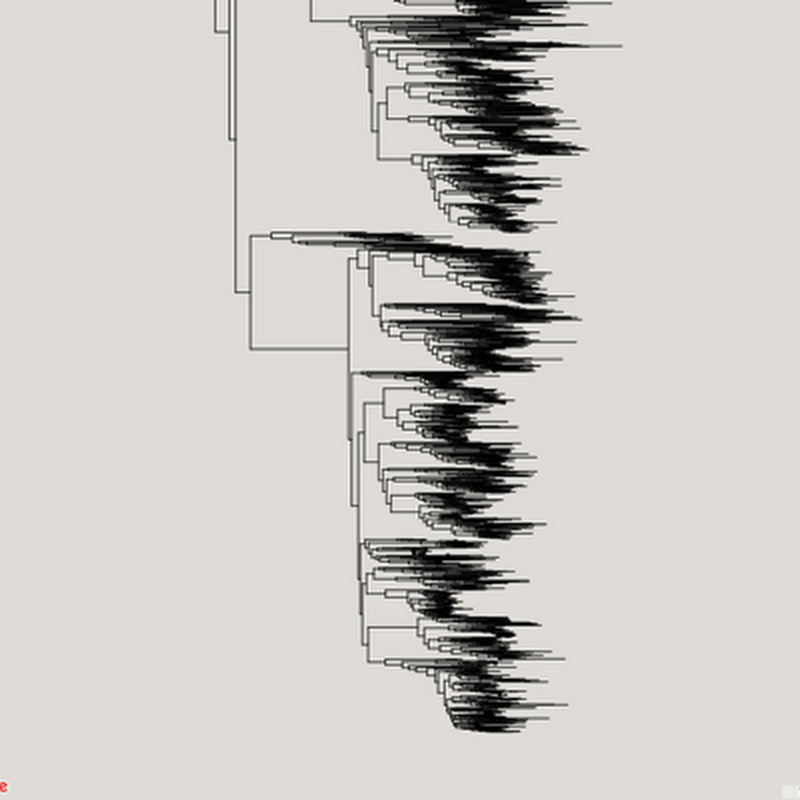
I'm continuing to play with the new version of iSpecies, seeing just how far one can get by simply grabbing JSON from various sources and mashing them up. Since the Open Tree of Life is pretty unresolved ("OMG it's full of stars") I've started to grab trees from TreeBASE and add those.






